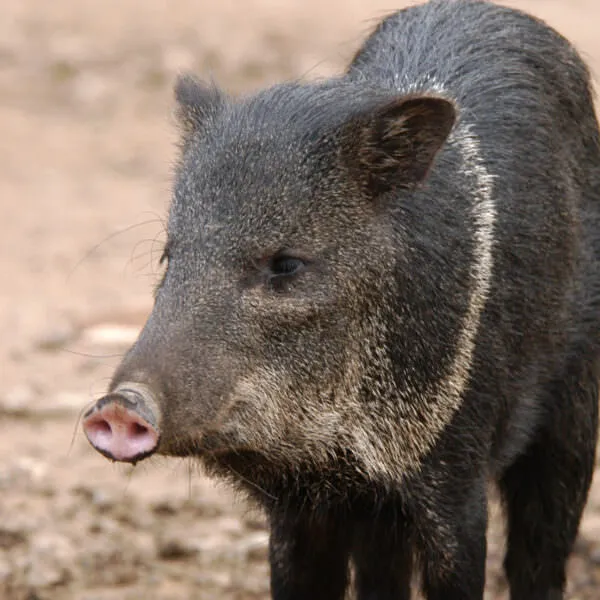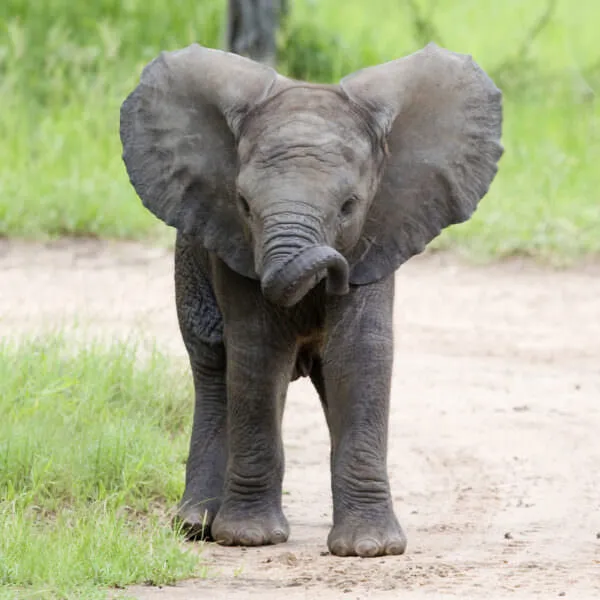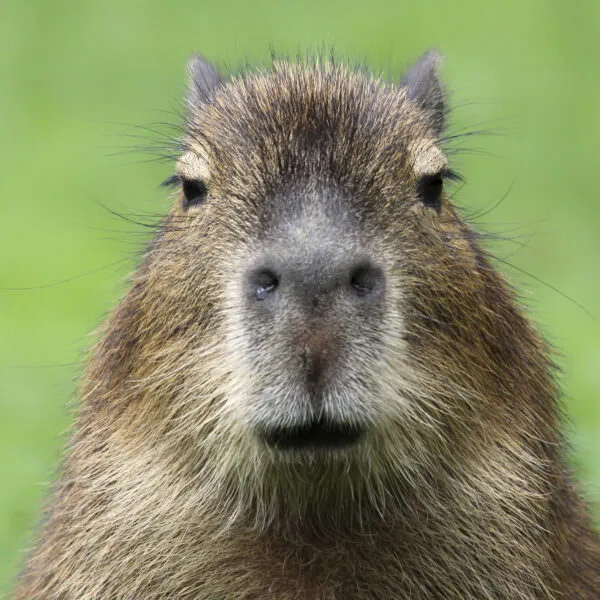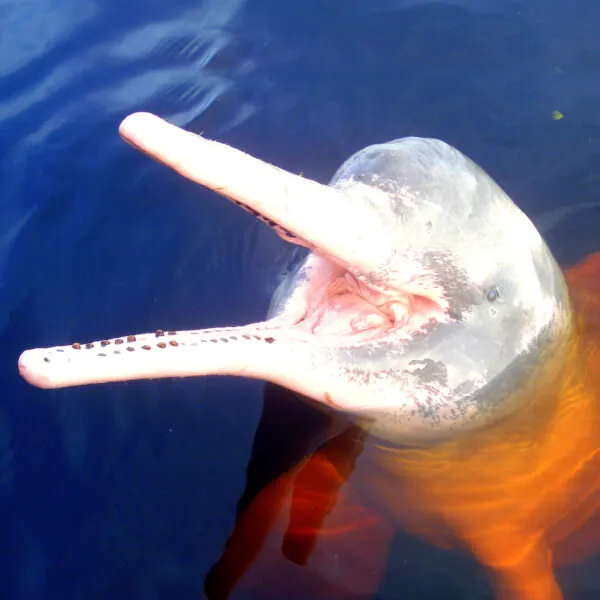Anatomy
Howler monkeys are among the largest primates in the Neotropics. They can grow to be 22 to 36 inches tall when standing. And, their tails are about the same size in length as their bodies! Male howlers are black, while females are brown. They have prehensile tails that they can use to grab onto branches. They make loud vocalizations to mark their territory, thus earning their name. Their howls, which resemble a strong wind blowing through a tunnel, have been heard over two miles away by researchers. While most individuals do not live for more than 15 years in the wild, it is possible for howlers to reach over 20 years in age.
We're All In
Together, we're building a future where people and nature thrive. Sign up today and join our movement...
Habitat
Howler monkeys are found only in the rainforests of the Americas. They live in tall rainforest trees in groups of between 4 and 19 members. They travel from tree to tree in search of food—walking from limb to limb, rather than jumping. While not particularly perky primates, they are most active during the day (diurnal), sleeping high in rainforest trees at night.
Diet
Howlers are strict vegetarians, eating only flowers, fruits and leaves. In Belize, special community managed protected areas have been established to keep people from over-harvesting the fruit and flowers that the howlers need to survive.
Threats
Howlers have both natural and human-induced threats to their existence. The black howler monkey, known as the „baboon“ in Belize, is endangered throughout much of its range due to hunting and habitat destruction. As forests are cleared, howlers, who need several acres of forest per troop to survive, are becoming increasingly rare. Throughout the region in which they are found, howlers are hunted both for food and for sport. Some experts believe that howlers could become extinct within the next 35 years.
Sources
- IUCN Red List of Threatened Species
- Jukofsky, Diane. Encyclopedia of Rainforests. Connecticut: Oryx Press, 2002.
- Smithsonian National Zoological Park
- Belize Zoo



